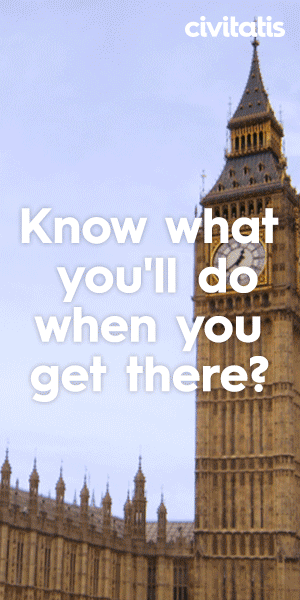There are 5 bridges crossing the Zayandeh River in Isfahan that date from the Safavid dynasty or earlier. Two are definitely worth visiting. Particularly at night.
Here’s a look at the Si-o-se-pol and Khaju bridges in Isfahan.
The famous bridges of Isfahan Iran that you should visit
Si-O-Se-Pol Bridge Isfahan
The Si-o-se-pol (سیوسهپل) bridge is located in the south of Isfahan Iran. It crosses the Zayandeh River and was built in 1603 during the Safavid dynasty to serve as both a bridge and a dam.
At the time we visited Isfahan the section of the Zayandeh River over which the Si-o-se-pol bridge runs was almost empty. Likely due to a newer dam upstream serving the Yazd province. Perhaps because of the lack of water most people were choosing to visit the bridge at night.
At night the 33 arches of the Si-o-se-pol bridge are illuminated in a golden glow whereas the trees surrounding the bridge on each side of the bank are colourfully illuminated. Making the bridge a picturesque location for a night time walk.
In its heyday the bridge featured a teahouse, painting and ceramic artworks and was a major thoroughfare connecting the emerging Armenian quarter of New Julfa with its Vank Cathedral, to the centre of Isfahan.




Khaju Bridge Isfahan
The Khaju bridge (پل خواجو) was built around 1650. It too spans the Zayandeh River and was also built during the Safavid dynasty.
Khaju bridge is the more significant of the bridges in Isfahan. And for me it was also the more interesting bridge. On the upper floor in the centre of Khaju bridge there is a pavilion designed for the Shah to sit and admire the view. And in this stately pavilion some of the tile work and art remains.
Again when we visited Isfahan the Khaju bridge too was lacking water. But unlike the Si-o-se-pol bridge the small stores and tea shops in the lower levels were still open. And unlike Si-o-se-pol bridge most of the coloured tiles above the arches remain.
When the bridge functioned as a major thoroughfare in its heyday, the Khaju bridge linked the Zoroastrian quarter to the city proper.









Bridges of Isfahan | Conclusion
Lacking water at the time we visited Isfahan the bridges were best visited in the evening. We did pass them during the day and the shallow muddy pools surrounding each bridge made them less appealing.
Taking the advice of a knowledgeable doorman at the Abbasi Hotel we visited in the evening. As it was only a 15 minute stroll through town to reach the Si-o-se-pol bridge. And the walk lead us past a vast array of wonderful tea houses, art galleries and shops.
The river itself has a promenade or sequence of footpaths along each side and presents a great place for an evening walk. If you’re visiting Isfahan you should get a tea or coffee and take a stroll along the river to visit the bridges. You’ll be glad you did.
Liked this article? Subscribe to the blog below and check out our other travel articles on Iran.





